Do you need a method that helps with intense hydration and nutrition, leaving the threads aligned and loose? Hair sealing can help you!
Excessive chemical treatments such as progressive, straightening, dyeing and discolouration can attack the hair deeply, causing various damages such as fragility, loss and opacity.
Excess humidity, extremely dry weather, wind, chlorinated water and the sea can also aggravate these evils.
Thus, the hair seal will promote the recovery and improvement of the hair, moisturizing and deeply nourishing, and also helping the health and vitality of the hair.
To find out more, stay slow on this post and clear all your doubts about the capillary seal.

Capillary sealing
The capillary seal, also known as shielding or hair plastic surgery, helps restore health and vitality to the hair.
It is mainly indicated for people who do frequent chemical procedures, such as smoothing, relaxation, progressive, dyeing, among other methods that alter the structure of the thread.
Hair is mainly composed of keratin, and this protein has the function of protecting and maintaining hydration and nutrition in the threads, and with the chemical methods mentioned above, the hair when untreated, can lose its mass, causing weak, opaque and brittle hair.
But to understand a little more, let’s go deeper into the subject of hair sealing.

What is capillary sealing?
Hair sealing is a technique for reconstructing the mass and structure of wire, which is composed mainly of keratin.
This protein represents something equivalent to 85% of hair composition.
By replacing keratin, hair becomes stronger, healthier, more hydrated and also nourished for a longer period.
After applying the keratin, it is sealed, with a plate, board or dryer.
These equipments that heat the hair have the function of closing the cuticle, shielding the wire against external damages and also preventing the loss of water, nutrients and lipids, important for hair structure.
Benefits of hair sealing
The main benefits of capillary sealing are:
- Restructure the capillary mass;
- Maintenance of the most aligned wires;
- Reduction of frizz;
- Strengthening the capillary structure;
- Deep hydration;
- Retention of nutrients for longer in the threads;
- Elimination of the double ends;
- Prevents hair loss; and
- Promotion of shine and softness.
In addition to these benefits, hair seal also helps to maintain the malleability of the hair and healthy effect, with shine and light texture.
The hair seal straightens the hair?
The hair seal does not straighten the hair because it does not have straightening chemicals in its formulation, however it is important to check the composition before applying to the hair.
The principle of sealing is to replace keratin, however some products may have in their composition formol and ammonium thioglycolate, and these substances can straighten the hair.
Thus, it is important to emphasize the importance of carefully reading the label of the product, as well as talking to a professional before performing the treatment, if the procedure is performed in a beauty salon.
However, by deeply moisturizing, after applying the seal it is possible to notice the strands more aligned and with less volume, which in straight hair can accentuate the light and low effect.

Hair seal on curly hair
In curly hair the seal can open the curl further, reducing the volume and frizzHowever, this effect is temporary, maintaining the result of prolonged hydration and nutrition.
But as part of the hair shielding process, after applying the keratin, it will be necessary to pass the dryer or plate, something that can disturb the curls.
However, it is important to remember that the flat iron is only part of the treatment, and there is no need to keep the threads flat.
Another important point for the curls that think about doing the capillary sealing is before doing the procedure, check if in the formulation of the product, there is no smoothing chemical such as formaldehyde or ammonia, since they can change the structure of the bunch.
If you don’t want to take the risk, invest in home revenues that allow an optimal result with low investment.

Hair sealing products
There are some products on the market that promise to make the hair seal, leaving the hair aligned, without volume and frizzHowever, it is very important to identify the ingredients in order to avoid formalin, ammonia and other smoothing substances.
The most used products for sealing are:
- Salon Line capillary seal
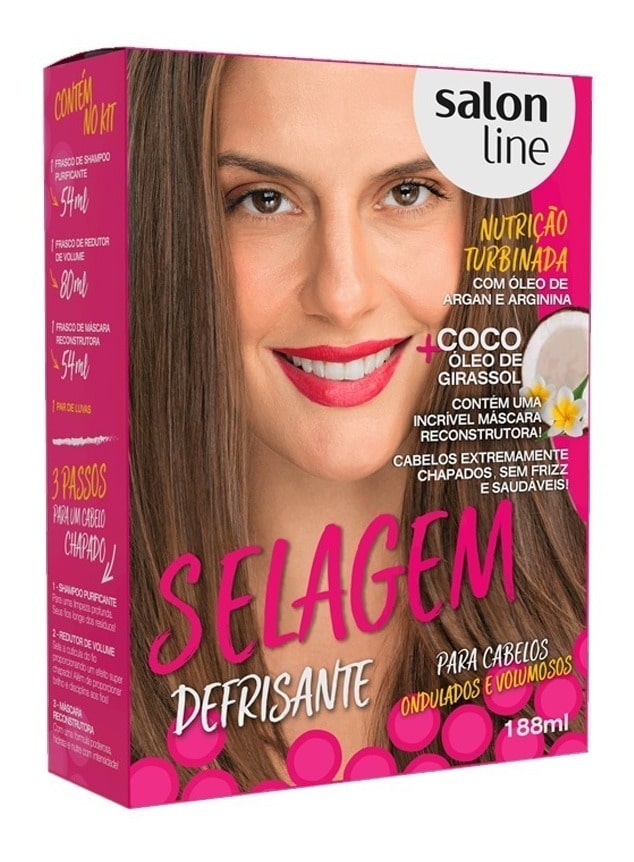
Salon Line has a capillary sealing line that promises to reduce the frizz and volume, as well as making the wires smoother.
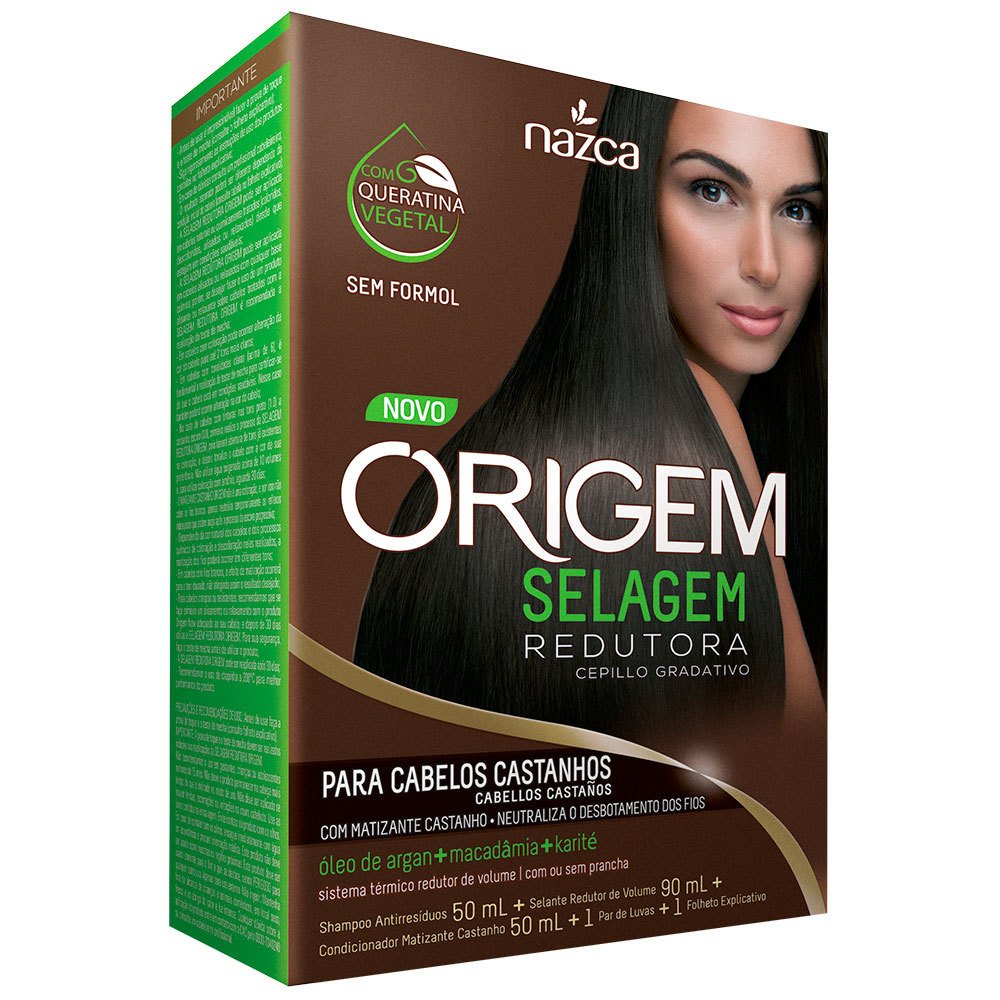
This line of Origin promises a powerful moisturizing and nourishing effect for the threads, leaving them smooth in a gradual way, because it does not have formaldehyde in its composition.
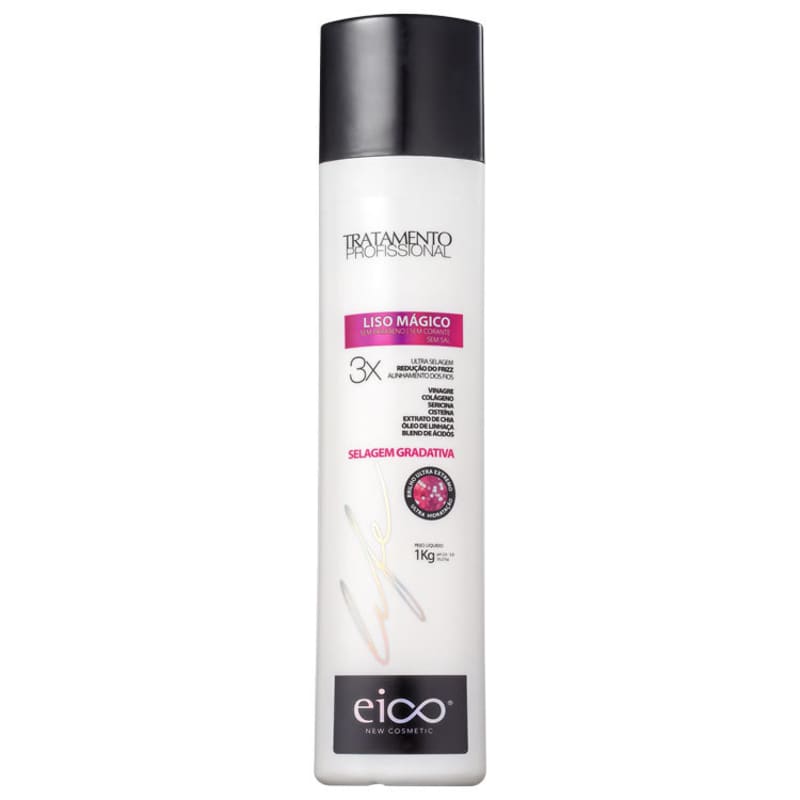
Eico capillary seal promises gradual smooth effect, less frizz and hair more aligned.
- L’oréal capillary seal

L’oréal has a complete line of hair sealing, which promises deep hydration, soft, loose and straight hair.
But if you don’t want to use ready-to-seal products, because you fear the alteration of the hair structure due to some chemical component, you can use a reconstructive mask and liquid keratin to shield the hair.
This method is also cheaper, and quite effective in achieving good results and expected benefits.
How is the capillary sealing done?
Hair sealing is done by applying keratin or products containing proteins in their formulations, however, before that, some procedures are necessary that will promote the benefits and results so desired.
The use of an anti-residue shampoo is a super important step, because in this way, the hair will be prepared, opening the cuticles to receive the proteins that will restructure the hair mass.
To find out more, follow the step-by-step steps of how to do the hair seal.
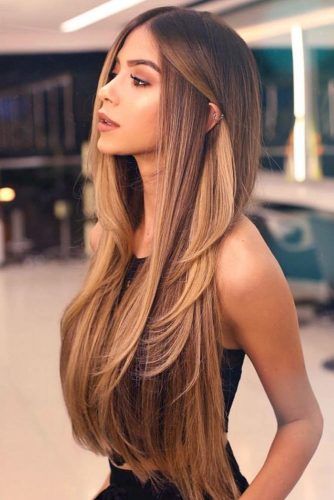
Step-by-step capillary sealing
To do the hair seal with reconstructive mask and liquid keratin, you will need:
- Anti-residue shampoo;
- Reconstruction mask;
- Liquid keratin, being 5 ml for short hair, 10 ml for medium hair and 15 ml for long hair;
- Thermal protector;
- Ampoule of Semi di Lino; and
- Moisturizing mask
The amount of keratin should follow the recommendation, since the excess of this protein can cause the reverse effect, causing breakage and weakening of the threads.
- In a container, mix the mask in the ideal amount for your hair, with the liquid keratin and the ampoule of semi di lino;
- Wash your hair with the anti-residue shampoo at least twice to clean the hair well;
- Dry the threads well with the towel, with gentle, light movements;
- Use the dryer to remove partial moisture from the wires;
- Separate hair into locks, not too thick, in order to achieve a complete and uniform application;
- Apply the mixture on each wick, along the entire length, massaging and glossing, but avoiding the root;
- Blow-dry your hair until all the cream has dried;
- After drying, separate the hair back into locks and iron the iron on average 5 times per lock;
- Wait approximately 20 minutes, until the locks cool down and rinse your hair well with cold water;
- After rinsing, pass the hydration mask and leave it on for 15 minutes;
- After the period, rinse again with cold water and remove the excess moisture with a towel;
- Pass a thermal protector over the wires and brush them with the help of the dryer;
- Finish with the plate, again passing lock by lock, for at least 5 times.
All this sealing process can take an average of 2 hours, but the result will be hydrated hair, with shine and vitality.
For better results and also for longer, after the hair sealing procedure, stay 2 days without washing your hair.

Home capillary sealing
Some home made ingredients, mixed with home products and moisturizing masks can result in a more natural and very nourishing hair seal.
Home made recipes are also cheap and easy to make, allowing a gradual treatment according to the needs of your hair.
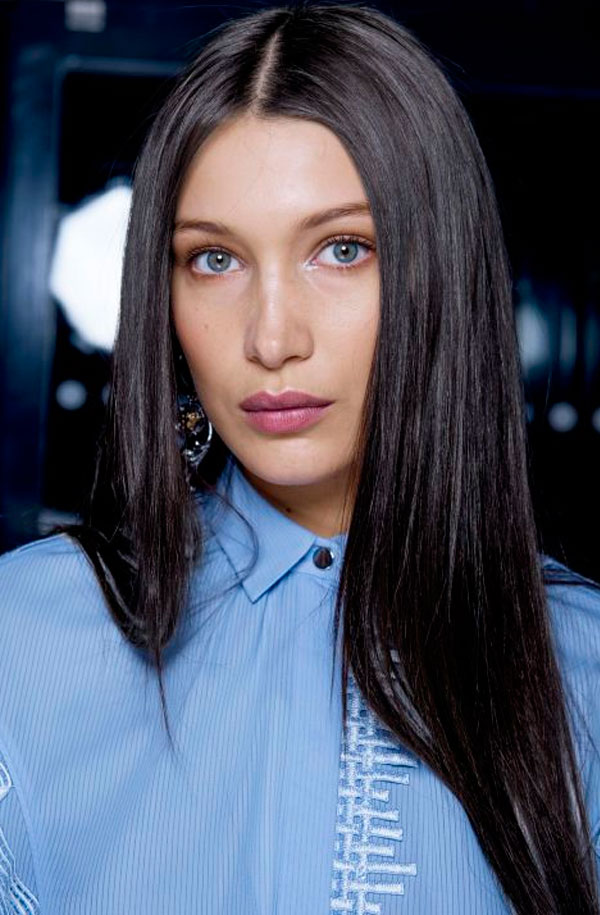
Home sealing with apple vinegar
Apple vinegar is a very famous ingredient by beauty bloggers, because it promotes the closing of the hair cuticle, besides giving shine and reducing the frizz in a natural way and with very low investment.
For this recipe, you will need:
- 2 tablespoons apple vinegar;
- 1 ampoule or 2 tablespoons of liquid keratin;
- 1 tablespoon of conditioner;
- 2 tbsp (tablespoons) of hydration mask; and
- Transparent shampoo.
For this application, it is not necessary to wash the hair previously, like this:
- In a container, mix until homogeneous, the hydration mask and liquid keratin;
- Separate dry hair into locks and apply the mixture, glossing out all the locks;
- Let it go for about 40 minutes;
- After the determined period, wash the hair with the transparent shampoo and cold water;
- After this process, mix the apple vinegar and the conditioner in another container;
- Apply to damp hair, without excess water, massaging the hair well;
- Wait for 3 minutes, while the mixture acts on the hair; and
- Rinse again with cold water and finish as usual.
This homemade recipe is very indicated for curly and wavy hair that seeks deep hydration and reconstruction, without losing the curvature and shape of the curls.
Cold water also helps to close hair fibers, helping to retain moisture for longer.
If you want a rejuvenating effect on the threads, intercalate this recipe in the reconstruction stage, within the capillary schedule.
Capillary sealing before and after
The result of hair sealing is hair that is more aligned, shinier, healthier and less frizz.
The brush and flat iron, when done after the application of keratin, help in the loose, straight and moving effect of the hair.
Take a look at some before and after inspirations:
The hair seal is ideal for keeping your hair healthy and beautiful, so the recommended is to repeat it every 3 months, or when you notice the need for protein replacement, avoiding excess keratin and likely rebound effect on the wires.
Intercalate this treatment with other forms of hydration and nutrition in order to keep your hair healthy for longer.
For more tips, recipes and methods of hair care, sign up and receive content and news perfect for you.
Enjoy, leave your comment and tell us what you thought of the post on capillary sealing!


